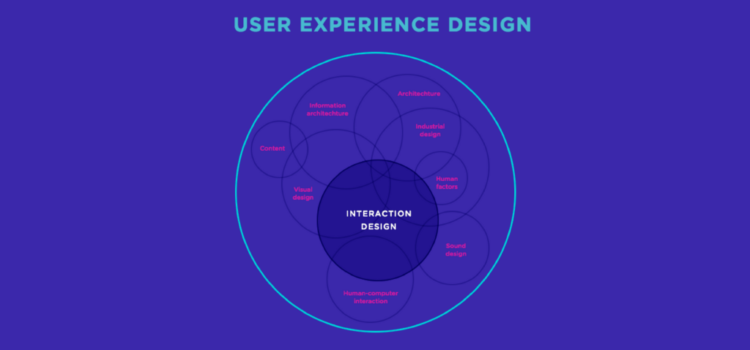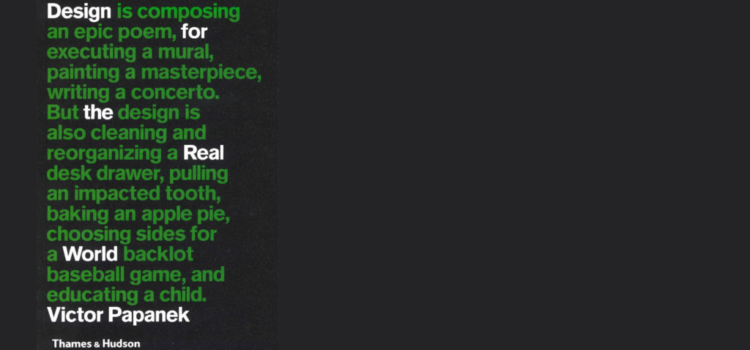A (very) brief history of interaction design
An excerpt from Chapter 1 of Dan Saffer’s Designing for Interaction. It describes the history of interaction design from the perspective of the products that resulted from user-centered design.
Don’t worry about all the details and chronology, read this as a history of interaction design from the perspective of an interaction designer.






